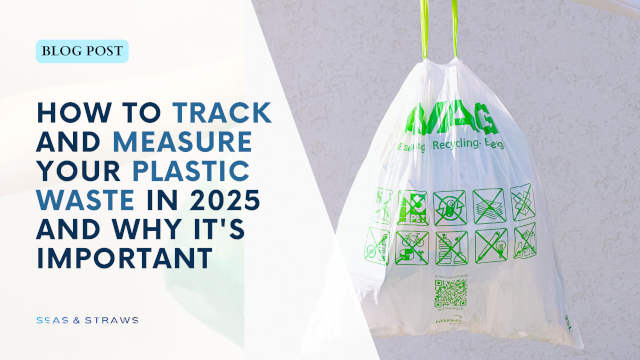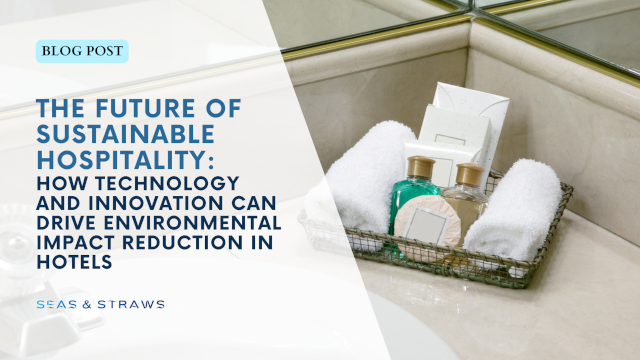- Home
- Plastic at Home
- Microplastic
- Plastic in Foods
Plastics Infiltrate the Food We Eat
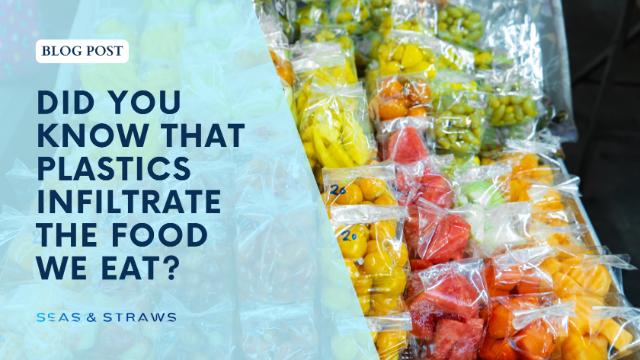
Have you ever stopped to think about how much plastic is around us? It's everywhere, from those handy water bottles to the packaging on our favorite snacks. But here's the thing: plastic isn't just impacting our oceans and landfills, it's also sneaking its way into our food! That's right, tiny plastic bits (microplastics) are showing up in seafood, and chemicals from packaging can leach into what we eat. Kind of unsettling, isn't it?
So, let's get to the bottom of this. We'll explore how plastic ends up on our plates, what this might mean for our health, and most importantly, what we can do to mitigate this growing issue.
The Journey of Plastics to Our Plates
Microplastics in Seafood
One of the most concerning aspects of plastic pollution is its infiltration into the marine food chain. Microplastics, tiny plastic particles less than five millimeters in diameter, are pervasive in marine environments. These contaminants originate from a multitude of sources, including the fragmentation of larger plastic debris, the inclusion of microbeads in personal care products, and the shedding of synthetic fibers from textiles during laundering.
Marine organisms, from plankton at the base of the food web to commercially important fish species, readily ingest microplastics. Often mistaken for prey due to their size and resemblance to natural food sources, these plastic fragments bioaccumulate within organisms. This process leads to the transfer of microplastics through the trophic levels, ultimately reaching human consumers who rely on seafood for essential nutrients. Scientific studies have documented the presence of microplastics in a variety of seafood products, including finfish, shellfish, and even sea salt, highlighting the extent of this contamination.
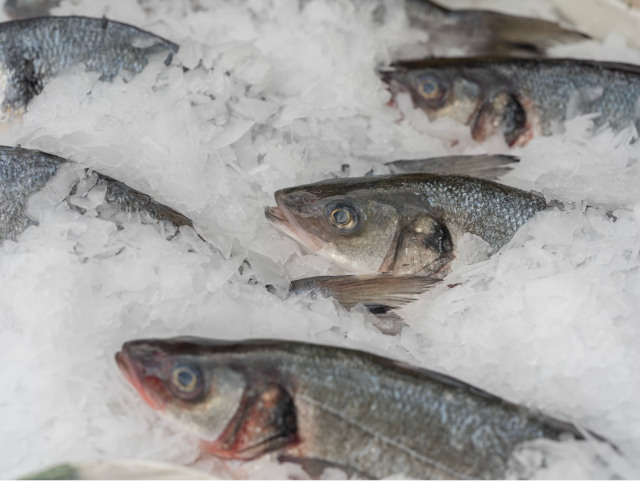
Leaching from Food Packaging
Another significant source of plastic contamination is food packaging. Plastics are widely used in packaging due to their durability, flexibility, and cost-effectiveness. However, the widespread use of plastics in this application raises concerns regarding the potential migration of chemicals from the packaging material into the food itself. This phenomenon, known as leaching, can occur due to the presence of various additives employed during plastic production.
Bisphenol A (BPA) and phthalates are two commonly used additives that have been identified as potential leaching agents. BPA has been associated with potential endocrine disruption in humans, while phthalates have been linked to developmental and reproductive issues. Regulatory bodies have established limitations on the use of these specific chemicals.
The likelihood of leaching is influenced by several factors. Elevated temperatures, such as those encountered during microwave heating of packaged foods, can increase the mobility of these chemicals within the plastic matrix. Additionally, the type of food stored within the packaging plays a role. Fatty or acidic foods can act as solvents, weakening the interaction between the plastic and the additives, thereby facilitating their migration into the food.
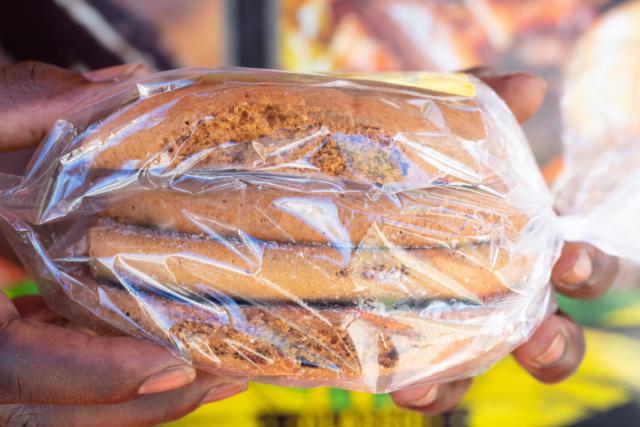
Agricultural Sources
Plastic's pervasive presence extends beyond packaging and directly into the realm of food production. Agricultural practices heavily rely on various plastic applications, including mulching films for weed control and moisture retention, irrigation tubing for water delivery, and greenhouse structures for controlled environments. However, these seemingly beneficial uses come with a hidden cost – potential plastic contamination of our food.
Over time, these agricultural plastics degrade due to exposure to sunlight, wind, and mechanical stress. This degradation process fragments the plastic into smaller and smaller pieces, ultimately resulting in microplastics. These microplastics can then contaminate the surrounding soil and water resources. Analyses show that plastic-laden sewage water has already contaminated 20 million acres (80,937sq km) of US farmland and 86 trillion to 710 trillion microplastic particles contaminate European farmland each year.
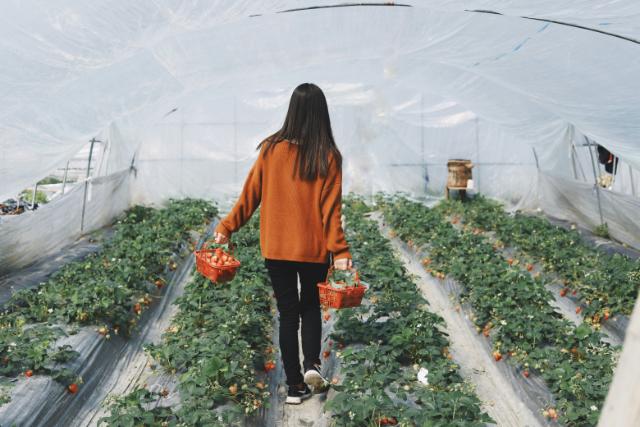
Health Implications of Plastic Contamination
The infiltration of plastics into our food poses several potential health risks. Microplastics and the chemicals associated with plastics can have various adverse effects on human health.
Chemical Exposure
As mentioned earlier, chemicals like BPA and phthalates, commonly found in plastics, are known endocrine disruptors. They can interfere with hormone function, potentially leading to reproductive issues, developmental problems, and an increased risk of certain cancers. While regulatory agencies have set limits on the acceptable levels of these chemicals in food, ongoing exposure from multiple sources remains a concern. Ongoing research continues to explore the long-term health effects of exposure to other potential leaching agents present in plastics.
Physical Impacts
The ingestion of microplastics may also have physical effects on the human body. Although the full extent of these impacts is still under study, concerns include inflammation, oxidative stress, and potential disruptions to the gut microbiome. The long-term health consequences of chronic microplastic exposure are not yet fully understood, making this an area of active research.
How to Mitigate Plastic Contamination in Food
Given the ubiquitous nature of plastics, completely eliminating exposure may be challenging. However, several strategies can help reduce the contamination of our food supply.
1. Reduce Plastic Use
One of the most effective ways to limit plastic contamination is to reduce the use of plastics, particularly single-use items. Opting for reusable containers, bags, and utensils can significantly cut down on plastic waste.
2. Choose Safer Packaging
Consumers can also look for products packaged in glass, paper, or other safer materials. Additionally, avoiding heating food in plastic containers and choosing BPA-free products can help reduce chemical leaching.
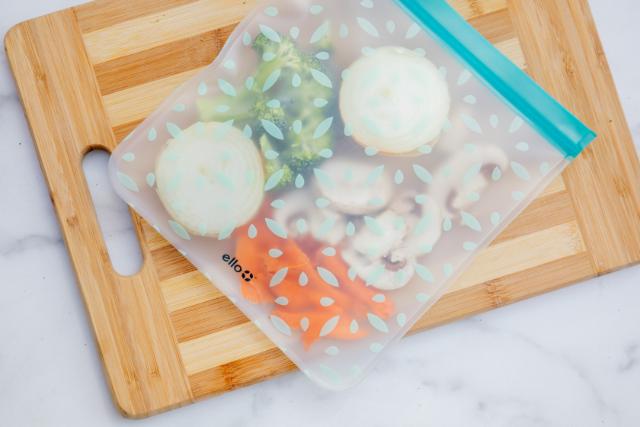
3. Support and Promote Sustainable Practices
Supporting and promoting sustainable agricultural and fishing practices can also play a role. Choosing organic produce and seafood from sustainable sources can reduce the likelihood of plastic contamination.
The infiltration of plastics into our food is a pressing issue that highlights the broader environmental and health challenges posed by plastic pollution. As awareness grows, so too does the imperative for both individual action and systemic change. By making informed choices and advocating for policies that reduce plastic production and waste, we can help protect our food supply and our health from the insidious spread of plastics.






